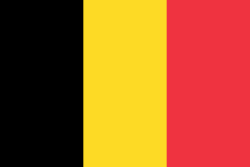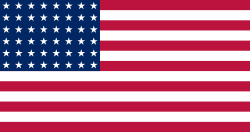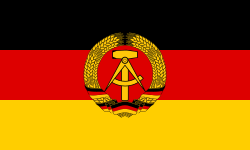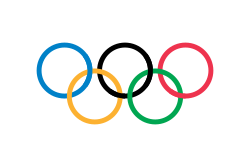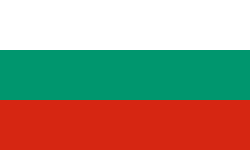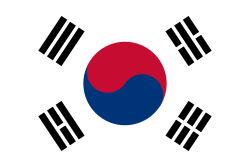Edwin Vásquez
Edwin Vásquez Cam (* 28. Juli 1922 in Lobitos, Region Piura; † 9. März 1993 in Lima) war ein peruanischer Sportschütze. Er gewann die einzige olympische Goldmedaille für Peru (Stand 2016).
Vásquez war bei den Bolivar-Spielen 1948 Zweiter geworden. Bei den Olympischen Spielen 1948 in London erzielte er im Wettkampf mit der Freien Pistole 545 Ringe und hatte damit sechs Ringe Vorsprung auf den Schweizer Rudolf Schnyder, den schwedischen Weltrekordler Torsten Ullman und den US-Amerikaner Huelet Benner, die nach dem Stechen in dieser Reihenfolge die Plätze belegten. Vásquez war damit der erste peruanische Medaillengewinner bei Olympischen Spielen. Nach seiner Heimkehr erhielt der Ingenieur eine feste Stelle im peruanischen Innenministerium als Belohnung.
Vásquez trat nur 1948 bei Olympischen Spielen an. Als Sportschütze blieb er aber weiter aktiv. 1951 gewann er bei den ersten Panamerikanischen Spielen und 1968 war er Südamerikameister.[1]
Erst 1984 in Los Angeles gewann ein weiterer Peruaner eine olympische Medaille: Mit Francisco Boza im Trap war es erneut ein Sportschütze.
Literatur
- Volker Kluge: Olympische Sommerspiele. Die Chronik II. London 1948 – Tokio 1964. Sportverlag Berlin, Berlin 1998, ISBN 3-328-00740-7.
Weblinks
- Edwin Vásquez in der Datenbank von Olympedia.org (englisch)
Einzelnachweise
- ↑ Volker Kluge: Olympische Sommerspiele. Die Chronik II. London 1948 – Tokio 1964. Sportverlag Berlin, Berlin 1998, ISBN 3-328-00740-7, S. 140 Anmerkung 196.
| Personendaten | |
|---|---|
| NAME | Vásquez, Edwin |
| ALTERNATIVNAMEN | Vásquez Cam, Edwin |
| KURZBESCHREIBUNG | peruanischer Sportschütze |
| GEBURTSDATUM | 28. Juli 1922 |
| GEBURTSORT | Lobitos, Region Piura |
| STERBEDATUM | 9. März 1993 |
| STERBEORT | Lima |
Auf dieser Seite verwendete Medien
Olympic Rings without "rims" (gaps between the rings), As used, eg. in the logos of the 2008 and 2016 Olympics. The colour scheme applied here was specified in 2023 guidelines.
Olympic Rings without "rims" (gaps between the rings), As used, eg. in the logos of the 2008 and 2016 Olympics. The colour scheme applied here was specified in 2023 guidelines.
US Flag with 45 stars. In use 4 July 1896–3 July 1908. Created by jacobolus using Adobe Illustrator, and released into the public domain. This flag was used during the Spanish-American War.
US Flag with 45 stars. In use 4 July 1896–3 July 1908. Created by jacobolus using Adobe Illustrator, and released into the public domain. This flag was used during the Spanish-American War.
Die quadratische Nationalfahne der Schweiz, in transparentem rechteckigem (2:3) Feld.
US Flag with 48 stars. In use for 47 years from July 4, 1912, to July 3, 1959.
Flagge Finnlands
(c) I, Cmapm, CC BY-SA 3.0
The flag of the Soviet Union (1955-1991) using a darker shade of red.
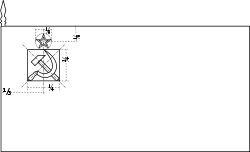
(c) I, Cmapm, CC BY-SA 3.0
The flag of the Soviet Union (1955-1991) using a darker shade of red.

Die Staatsflagge der Deutschen Demokratischen Republik, vom 1. Oktober 1959 bis 3. Oktober 1990
Flag of Romania, (21 August 1965 - 22 December 1989/officialy 27 December 1989).

Construction sheet of the Flag of Romania as depicted in Decree nr. 972 from 5 November 1968.
- l = 2/3 × L
- C = 1/3 × L
- S = 2/5 × l
Olympische Flagge
Flag of South Korea from October 1997 to May 2011. In May 2011, the exact colors were specified into their current shades.
Flagge von Peru (1884 - 1950).



